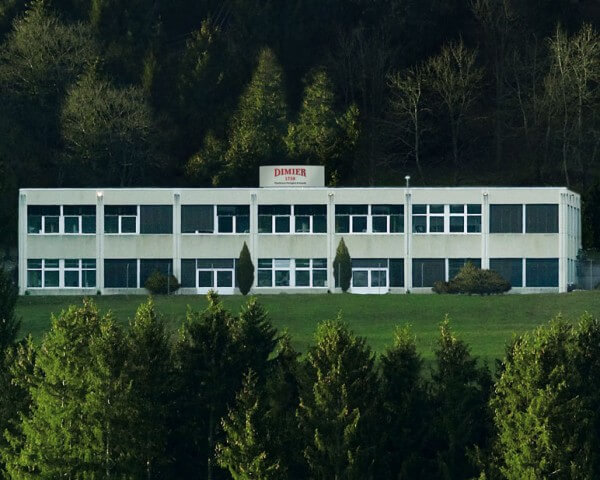How many of us experience a life-changing moment? For Pascal Raffy, that moment came late one Friday afternoon in September 2000, when he fell in love with a timepiece. The form of the case most seduced him. An adaptation of a pocket watch for the wrist, complete with bow and delicately-curved crown at 12 o’clock, he knew he had finally found his heart’s desire. And so Pascal Raffy bought the ailing brand with the intention of reprising the illustrious past of a company established in 1822 by the Neuchâtel watchmaker, Edouard Bovet.
And success has smiled. “If we are to consider that Bovet’s philosophy, spirit and principles are stronger than ever, and that commercial success has been achieved without undermining standards of excellence, this is indeed a significant accomplishment,” Pascal Raffy observes. “Yet we believe a great deal remains to be done. To dazzle is one thing; to continue to shine is another.” These are wise words for a firm which from its origins in the early nineteenth century was exporting its timepieces to Canton. Bovet even set up there as a specialist in Chinese watches, a fob watch developed especially for the Middle Empire which demanded complete mastery of both watchmaking and the decorative arts.

A flurry of acquisitions
No one could accuse Pascal Raffy of taking the easy option, determined as he is that Bovet should continue to respect tradition and perpetuate a centuries-old expertise. This philosophy takes form within a vertically-integrated structure manufacturing timepieces in discreet quantities. In a word, horological haute couture.
In terms of expansion, Bovet took a giant step in 2006 with the acquisition of STT Holding, since renamed Dimier 1738, and which encompassed three manufacturing companies: STT (ex-Progress Watch, movements), SPIR-IT (balance springs) and Aigat (stamping). Once again, it took Pascal Raffy no more than a few hours to grasp the full potential of this industrial tool that would guarantee Bovet its independence in terms of movement manufacture.
For Bovet, 2006 was a red-letter year on more than one account, as this was also when the company purchased Château de Môtiers, once the Bovet family home. Erected in the thirteenth century for the Counts of Neuchâtel, it dominates the towns of Fleurier and Môtiers (Val-de-Travers) and is now where the brand’s watches are assembled. A museum will open there in 2011.
But Pascal Raffy was still hungry for more and, again in 2006, he took over a dial manufacturer and setting company in Geneva, and still found room to acquire a share of Aubert Complications in Le Lieu (Vaud). Bovet was assured of its independence, once and for all. Today, the company produces 2,000 watches a year at prices ranging from CHF 10,000 to over CHF 1,000,000 (Euro 6,600 à 660,000) . Its sights are set on increasing production to between 3,000 and 4,000 pieces come 2015. Currently, Bovet employs 150 staff who are shared between the company’s sites in Geneva, Môtiers and Tramelan.
A style of its own
As for the watches themselves, Pascal Raffy has captured an immediately recognisable style without forsaking the past. Each timepiece is either engraved in the Fleurisanne style, a technique that originates in the nineteenth century and for which Bovet is renowned, or its dial is embellished with a miniature painting in champlevé or cloisonné enamel. Another of the brand’s unique characteristics is to adapt a pocket-watch case to a wristwatch, with bow, winding crown at 12 o’clock and serpentine hands.
Questioned about profitability, Pascal Raffy replies: “With an adventure of this kind, the first years were about giving rather than receiving. Now we have reached our breakeven point and every entity is in profit.” Investments are also set to continue. As this born collector of watches observes, “we mustn’t slow developments already under way.” A new Bovet calibre, manufactured in the finest tradition, is planned for 2013. This new movement, which will feature hours, minutes and large seconds, and could incorporate additional functions, will complete the range of grandes complications movements which are already produced by Dimier.
These are not the only milestones in Pascal Raffy’s quest for perfection. After seven years’ research and development, the brand has found a way to transform the Bovet wristwatch into a pocket watch or table clock. Rendezvous in Geneva at the eighth Salon Bovet (January 18th-23rd) for the unveiling of the Amadeo collection and new models for 2010 from a brand whose ambition is, in its owner’s words, to propose “the most beautiful expression of time.”

















